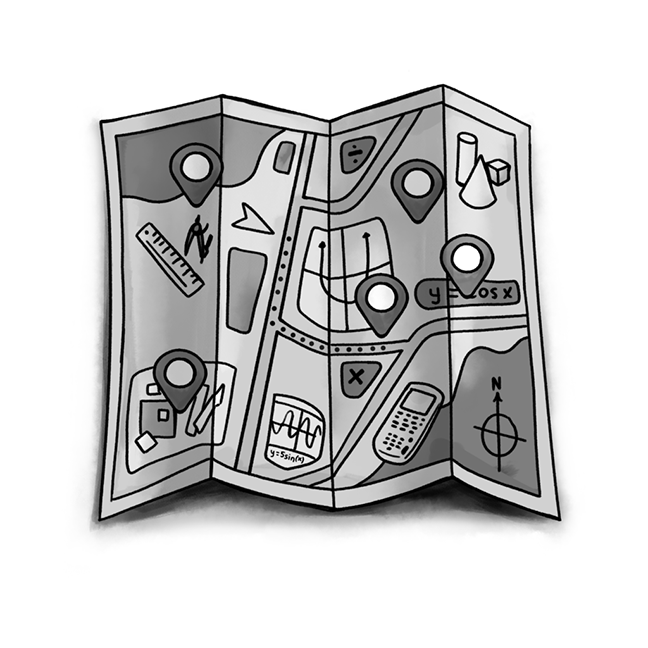John Hayes, Eagle River, WI johnhayes@cpm.org
When you were introduced to CPM’s professional learning, you may have heard the following statement, or something similar, from a CPM workshop leader: “These changes are challenging. However, it is worth it and we will support you.” No one needs to tell you using CPM, a program designed to have students in teams, in a virtual or socially-distanced classroom, is challenging. However, you may need to be reminded that CPM will support you with these challenges. You may also need to be reminded that it is still worth the investment of your time to engage in professional development. CPM’s professional learning opportunities are more numerous and thought-provoking than they ever have been. The support is there–waiting for you to engage with it.
In many sports, such as boxing, fencing, football, and basketball, when an opponent is on their heels rather than their toes, they are vulnerable. The same can be said with the current teaching situation–educators are on their heels and they feel vulnerable. The professional development you have received in the past seems risky or impossible. You may have lost sight of the vision of students taking ownership of their learning and engaging with mathematics, not because they have to, but because they want to. Think about your current students. Are your students spending the day in a single mode of instruction where all of their learning environments are teacher-centered? Are your students failing assessments because the assessments are no longer practical in a virtual classroom? Have you thrown in the towel on getting students to engage with mathematics or getting them to collaborate effectively? Perhaps this is because it feels dangerous, especially at this time, to take educational risks. However, these risky situations can also be opportunities for teachers not to pull back from professional learning, but to move forward with their own development.
Moving forward means engaging with learning specialists who will support both your education and your practice. Moving forward means making time to explore additional professional learning opportunities. Moving forward means connecting with teachers who are grappling with the same challenges. Efforts to make your practice stronger might encourage your students to rise to the challenge of learning mathematics–especially if you are transparent with the reasons behind your practice. Transparency can only take place if you have done your homework. That is, if you have engaged with the professional learning that explains why these practices are so important to the learning process. You can also be transparent about your own vulnerabilities in order to build relationships with students. Remember, they are also struggling learners and may see your vulnerability as relatable, and your productive struggle as inspirational. Embracing vulnerability makes you a stronger leader, not a weaker one.
Your first step in moving forward with your practice might be to explore CPM’s Professional Learning Portal. Even the most experienced CPM teachers can find research, practices, and pedagogy in the portal that they may not have considered before or that they find more useful at this moment in their own teaching journey. Your second step could be to have a conversation with your Professional Learning Community (PLC) about the next steps with your professional development. Collective teacher efficacy refers to a group’s shared belief that through their collective action they can positively influence students, including those who are disengaged and/or disadvantaged. Instead of waiting for the pandemic to end, your PLC could consider what steps to take to move your instructional practice and your students’ learning forward. The third step may be to reach out to a CPM Professional Learning Specialist or the Regional Professional Learning Coordinator in your area to discuss opportunities for professional learning. Finally, just as you would use reflection in your classroom to engage students with metacognition, you could engage in reflection of your own professional learning progress. As someone once told me, “Good teaching is good teaching no matter where you are.” That wisdom still applies, even in the middle of a pandemic.
